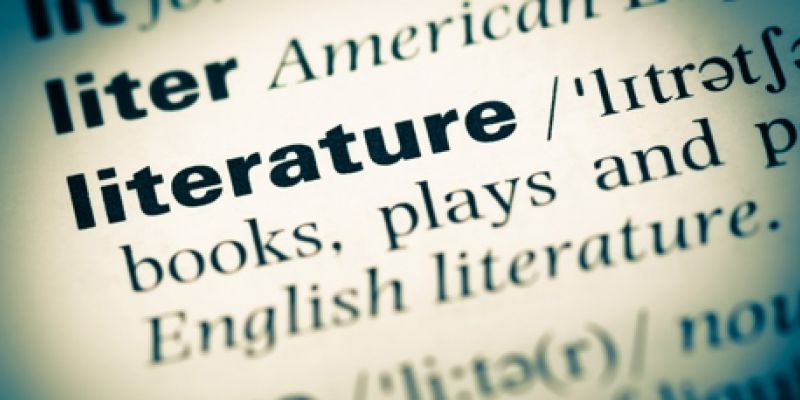Paper One Communicating information and ideas
Introduction
From the OCR English Language specification, this aim of this paper is to:
‘Read unseen non-fiction texts from the 19th century and either the 20th or 21st century. One text will always be drawn from the 19th century.’
The content:
- Learners read a wide range of high quality non-fiction texts drawn from the 19th and either the 20th or 21st century. This may include for example, essays, journalism (both printed and online), travel writing, speeches and biographical writing.
- Learners are required to read in different ways for different purposes. They will read and analyse texts that are designed, for example, to persuade, inform, instruct or advise.
- They explore how effectively texts achieve their purposes by comparing and evaluating the usefulness, relevance and presentation of ideas and information.
- Learners engage with texts, developing independent viewpoints and recognising different interpretations.
- Learners develop knowledge and understanding of linguistic and literary terminology to support their analysis of texts.
OCR English Language Non Fiction Reading Anthology
- Poverty - extract replicated here
- Sport and Entertainment
- Crime and Punishment
- Women
- Working Conditions
- Childhood
- Travel and Exploration
These titles can be interwoven between poems in the OCR Poetry Anthology, Literary Texts and Language exercises.

Learners should be able to:
- identify and interpret key ideas and information from texts
- comment on writers’ choices of vocabulary, form and grammatical features, paying attention to detail
- explore the effects of writing for particular audiences and purposes
- summarise ideas and information from a single text and synthesise from more than one text
- draw inferences and justify points of view by referring closely to evidence from the text
- use appropriate linguistic terminology to support their analysis
- evaluate the usefulness of a text by identifying bias and misuse of evidence
- use a broad understanding of the text’s context to inform their reading. Contexts could include, for example, the given historical setting, the mode or genre
- explore connections across texts to develop their understanding of the ideas, attitudes and values presented to them.
How to Use Unseen Non-Fiction Material Effectively in the Classroom
Some general tips:
- The assessment of reading skills in this paper is based entirely on unseen texts. Consequently whenever possible students should practice analysing texts as ‘unseens’ as the norm in their study of both English Language and English Literature
- Try to harness good reading skills from Key Stage 3 onwards by introducing students to a range of non- fiction texts from the 19th to 21st centuries across a range of genres and increasing the challenge of these texts up into Key Stage 4
- As 19th Century texts are prominent in this unit your students should build up a clear understanding of the 19th century context, the sort of society it was and the styles of language used. This should cover both non- fiction and fiction texts. There is clear crossover here with English Literature where the literary heritage texts studied in both prose and poetry can be taught alongside these non-fiction texts as integrated exercises.
- In preparation for the writing tasks in Section B, it is important that students are allowed the opportunity to articulate their opinions on the subject of the text. This is an important skill for both English Language and English Literature although all such judgements should be evidenced based.

Reading the unseen non-fiction texts:
- Reading activities can be carried out as individuals, in pairs or in larger groups. The main principle should be to get students to respond independently to the passage and to understand the viewpoints and perspectives expressed and the main themes of the piece. This can be followed with closer reading to analyse the writer’s craft and possible areas of comparison.
- Some words in the texts are likely to be unfamiliar; students may wish to underline and highlight these. In some cases a glossary will be provided in the exam. For the purpose of this anthology, students may wish to research terms or words they are uncertain of. Teachers may wish to add their own gloss to these passages before letting their students look at them. The texts in the Anthology are of varying degrees of length and difficulty to suit a wide range of ability.
Texts could be analysed using the following points:
This list is not exhaustive and is quite lengthy and teachers may wish to slim this down or pick out some of the points for their students but the list will act as a starting point:
- Look carefully at the title/headline and the introduction to the text- there is important information and guidance here, which will be of real value.
- What is the text about?
- Look closely at the genre (diaries, newspaper articles etc.). What is the significance of the genre used here? And the genre in terms of where the balance of purpose and reader engagement lies.
- How does the extract start? What is the significance of this as a starting point?
- How do the sections of the extract link together and how do they relate to the title?
- What is the structure of the piece?
- How does the text engage the reader?
- How does the extract end? What is the significance of ending the extract at this point and its link to the title or opening of the extract?
- What is the tone and mood of the extract?
- For whom is the text written? Is there an authorial voice?
- What linguistic devices are used in the extract and why?
- What style of language is being adopted by the writer?
- Are opinions in the piece backed up with evidence?
- What points does the writer want to get across? How does the writer achieve this?
- When you have read both texts, what do they have in common? (Or not?). Look for similarities but also differences.
Open this content to read the rest of this resource.
Some general tips for the exam:




